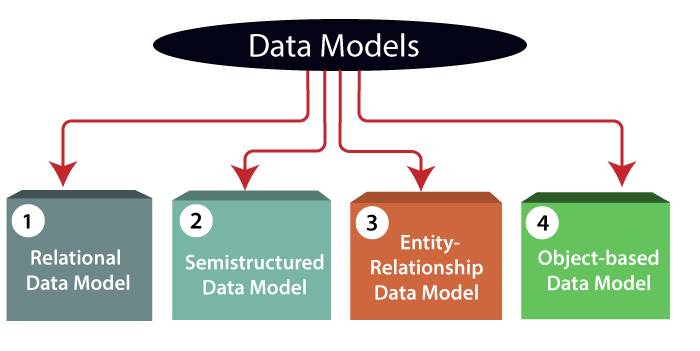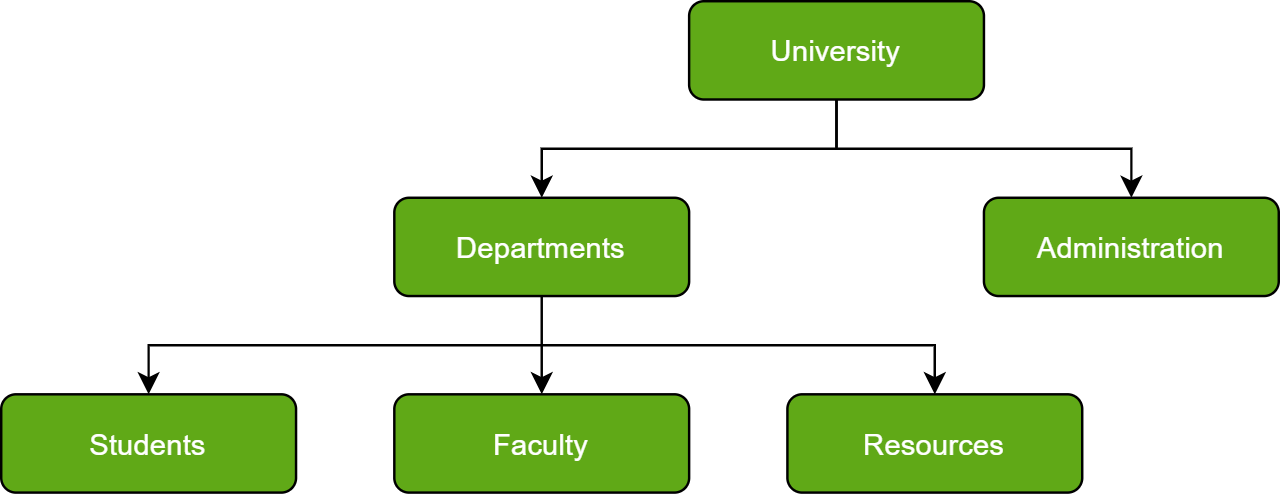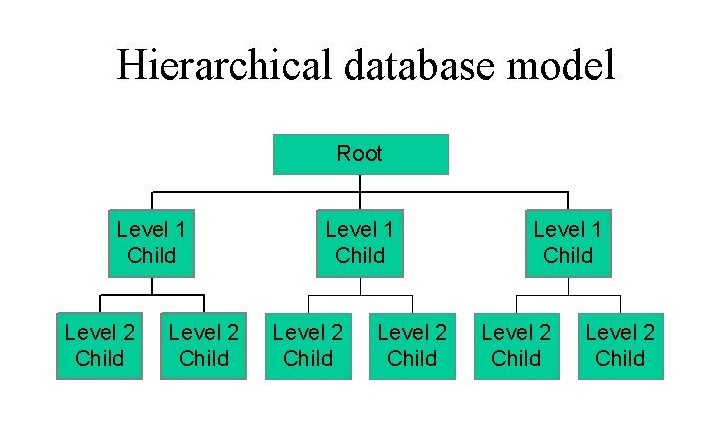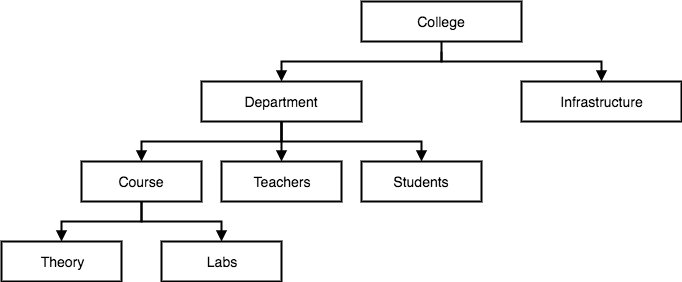Explain the Different Types of Database Models
Flat file hierarchical network relational and. In DBMS there are different types of databases.

Types Of Database Models Top 5 Various Types Of Database Models
Conceptual data models logical data models and physical data models and each one has a specific purpose.

. 11 types of Data Models with Diagram PDF Flat data model Entity relationship model Relation model Record base model Network model Hierarchical model Object oriented data model Object relation model Semi structured model Associative model Contex data model. Database types sometimes referred to as database models or database families are the patterns and structures used to organize data within a database management system. Earlier data models were not so scientific hence they were prone to introduce lots of duplication and update anomalies.
Explore the five models. Different Types of Data Models 1. The most popular example of a database model is the relational model which uses a table-based format.
There are mainly three different types of data models. This model organises the data in the hierarchical tree. We can choose from these various types of databases depending on our requirements.
The membership identifier expiry date and address information are. Just as in any hierarchy this database follows the progression of data being categorized in ranks or levels wherein data is categorized based on a common point of linkage. Types of Data Models.
As a result two entities of data will be lower in rank and the commonality would assume a higher rank. It is classified into 3 types. It fundamentally determines in which manner data can be stored organized and manipulated.
In this model data is organised more like a graph and. This database model organises data into a tree-like-structure with a single root to which all the. Three well-known data models of this type are relational data models network data models and hierarchical data models.
DBMS Database Models Hierarchical Model. The most popular example of a database model is the relational model which uses a table-based format. Some of the more common types of object based data model are.
Thus there are three different types of data models to suit the different needs of each stakeholder. Conceptual data model describes the database at a very high level and is useful to understand the needs or requirements of the database. 2 Entity-Relationship Data Model.
The data models are used to represent the data and how it is stored in the database and to set the relationship between data items. Object database can handle different types of data while relational data base handles a single data. Each data model builds on the preceding one to finally generate the database structure.
It is this model that is used in the requirement gathering process ie before the Database Designers start making a particular database. For example in the membership system at Science World each membership has many members see Figure 22 in Chapter 2. Entity-Relationship ER Model is based on the notion of real-world entities and relationships among them.
Entity-Relationship Object Oriented Semantic Functional. 1 Relational Data Model. The relational model represents data as relations or tables.
Conceptual Data Model. What is Data Model in DBMS and what are its types. A database model is a type of data model that determines the logical structure of adatabase and fundamentally determines in which manner data can be stored organized and manipulated.
The very first data model could be flat data-models where all the data used are to be kept in the same plane. An ER model is the logical representation. Therefore there are following four data models used for understanding the structure of the database.
The Entity-Relationship model has emerged as one of the main techniques for modeling database design and forms the basis for the database design methodology. The object oriented data model extends the definition of an entity to include not. Unlike traditional databases like hierarchical network or relational the object-oriented databases can handle the different types of data for example pictures voice video including text numbers and so on.
A database model is a type of data model that determines the logical structure of a database. For Teachers for Schools for Working Scholars for. This type of model designs the data in the form of rows and columns within a table.
Data Models in DBMS. The network model is a type of database model which is designed based on a. Data Model gives us an idea that how the final system will look like after its complete implementation.
There are various types of databases used for storing different varieties of data. This is an extension of the Hierarchical model. In this type of data model the data is organized into a tree-like structure that has a single.
There are multiple models of database management systems DBMS. One such popular model is the. It comforts the users to access the stored data.
It is the type of database that stores data at a centralized database system. Hierarchical Model was the first DBMS model. Some are mainly historic predecessors to current databases while others have stood the test of time.
Several types of stakeholders are involved in working with data models. Many different database types have been developed over the years. Types of Data Models.
Type of data model.

Types Of Databases Geeksforgeeks


0 Response to "Explain the Different Types of Database Models"
Post a Comment